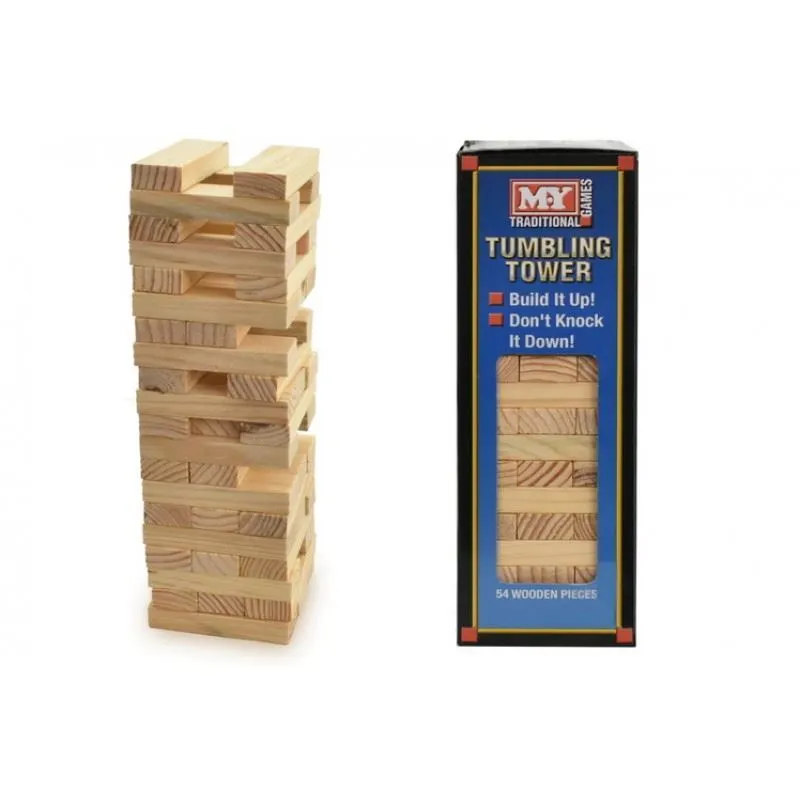Janus Chess (1978)
Janus Chess
Janus Chess is a chess variant invented in 1978 by Werner Schöndorf from Bildstock, Germany. It is played on a 10×8 board and features a fairy chess piece, the janus, with the combined moves of a bishop and a knight. The usual set of chess pieces is extended with two pawns and two januses per player. Each janus is placed between a rook and a knight, and the relative position of the king and queen is reversed compared to chess.
Why is Janus Chess Popular?
Janus Chess has been popular in Europe with regular tournaments drawing strong players. Several chess grandmasters have played this game including Viktor Korchnoi, Péter Lékó, and Artur Yusupov. Korchnoi said: “I like playing Janus Chess because one can show more creativity than in normal chess”.
Game Components of Janus Chess
How To Setup Janus Chess
To set up Janus Chess, start with the standard chess piece arrangement on the first two rows of the 10×8 board. The two Janus pieces (Archbishops) are placed on the b1 and j1 squares for White, and b8 and j8 squares for Black. This setup includes all the traditional pieces in their usual positions, with the addition of these new fairy pieces.
Gameplay Mechanics and Game Objective
Player Experience
Janus Chess offers a fresh and challenging twist on traditional chess, appealing to players who want to explore new strategies and piece interactions. The addition of the Janus pieces introduces more dynamic and flexible gameplay, requiring players to adapt their tactics and think creatively.
Pros
Cons
Personal Thoughts on Janus Chess
Janus Chess is ideal for experienced chess players looking to spice up their game with new challenges and strategies. It’s not recommended for beginners, as it requires a solid understanding of traditional chess rules and tactics. For those who enjoy variant chess games and are eager to explore different piece dynamics, Janus Chess offers a rich and rewarding experience.
We are supported by our audience. When you purchase through links on our site, we may earn an affiliate commission, at no extra cost for you. Learn more.

